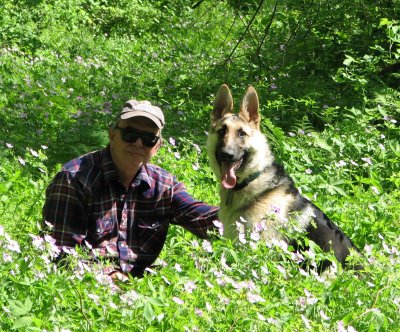
The end of the vegetable gardening season is fast upon us. Summing up for the season the beans were very prolific. The tomatoes and pepper.... not so. The vine crops now being harvested were the best. I purchased all the seeds for the various vine crops from Seed Savers exchange located near Decorah, Iowa. What fun it has been to, in effect, go back in time, by planting things from our ancestors. The highlight of the fall has been Potimarron squash, the famous winter squash from France. The name is derived from potiron (pumpkin) and marron (chestnut). Very aromatic and chestnut-like in taste. One of the very best for baking and roasting. Nice-sized 3-4 pound fruits store well. 85-95 days. My favorite squash for years has been Waltham butternut. Potimarron is every bit as smooth (nonstringy) and perhaps even more flavorfull.
We went up to Rochester Saturday night for a concert at Mayo Civic Arena. The star was the subject of Robera Flacks "Killing Me Softly With His Song." Legendary singer-songwriter Don McLean. He is definitely one of my all time favorites. He had some great songs that were new to me, like "I Hate Fashion." Yes I do. And oldies like "Bye Bye Miss American Pie." Rated recently as one of the top five hits of all time. "Starry Starry Night" somehow always manages to bring tears to my eyes. "And I Love You So," and on and on. I also enjoyed watching the teenagers, who appeared to be astonished at the enthusiastic response of their parents and even grandparents to McLeans  music
music
 music
music





















